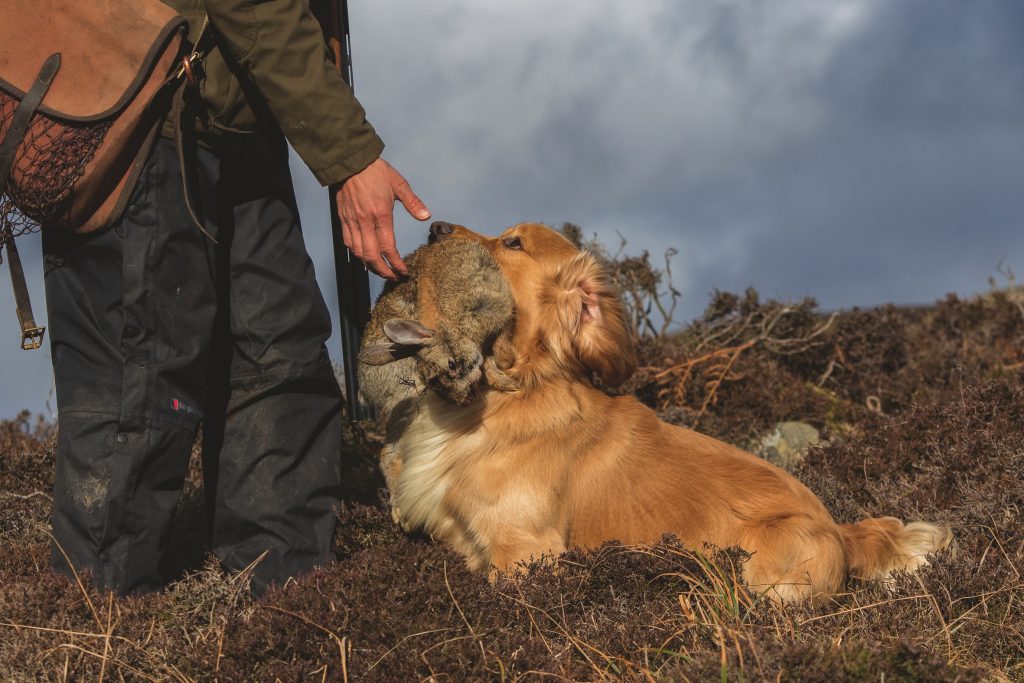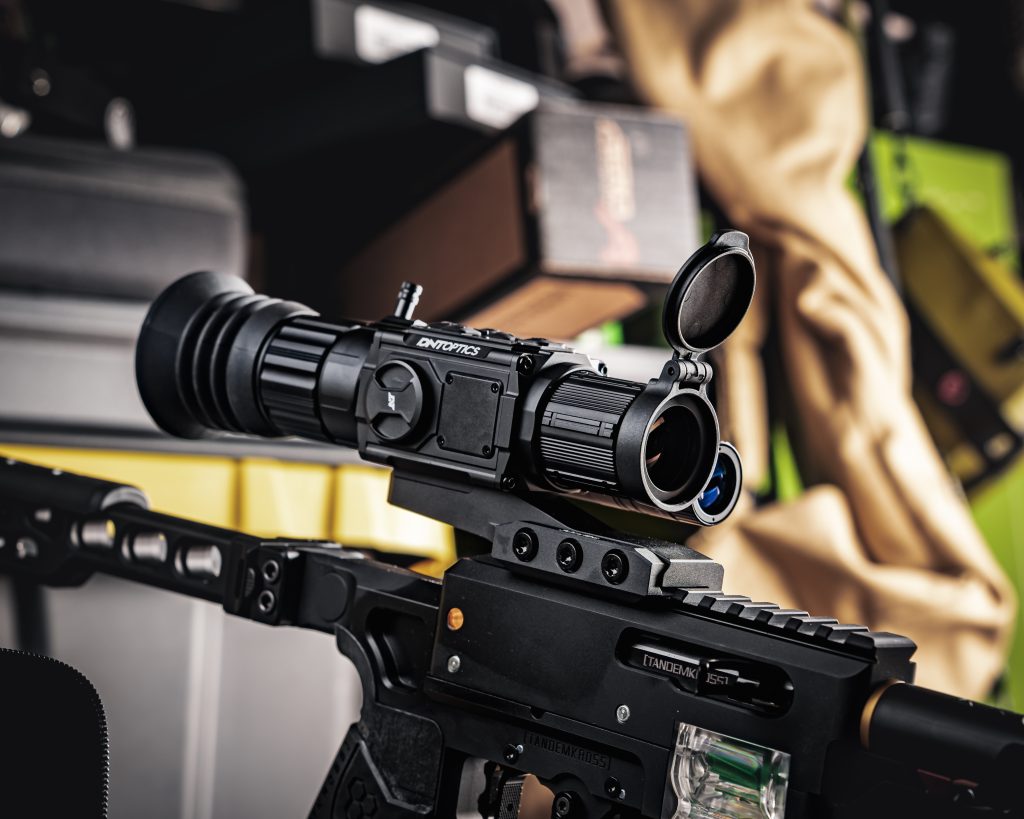Win CENS ProFlex DX5 earplugs worth £1,149 – enter here
Hunting wild boar in the UK using thermal imaging equipment
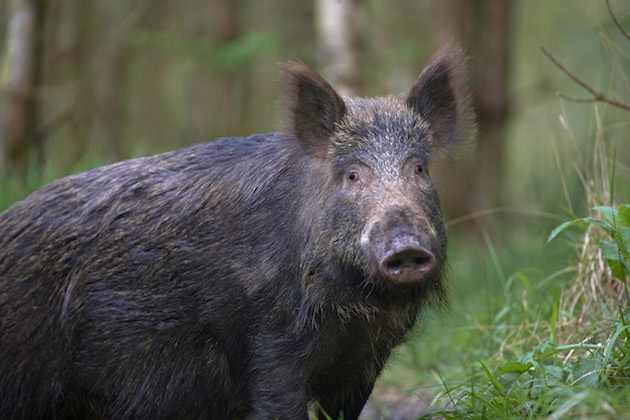 Wild boar, Sus scrofa in the Forest of Dean, UK.Usd 12 feb 14 nws 6
Wild boar, Sus scrofa in the Forest of Dean, UK.Usd 12 feb 14 nws 6
Wild boar hunting in the UK
The United Kingdom’s native wild boar population officially became extinct in the late part of the 17th Century. Roughly three hundred years later, in the early 1980’s, the species retuned as keeping of wild boar in a captive environment became popular with British farmers looking for viable and unique diversification opportunities. Boar were imported from Europe to be farmed under the licence supplied through the Dangerous Wild Animals Act 1976. In the following years, several escapes from poorly constructed holding facilities and some deliberate unsanctioned releases, meant wild boar were soon back roaming the British countryside.
Currently the combined UK population of wild boar and feral pigs is highly disputed with estimations varying between 500 and 4000. These estimates are most likely a gross misrepresentation of the actual wild boar population size, the most up to date population estimate for the Forest of Dean alone is over 1,170 pigs. The honest answer is no one knows the actual extent of the UK boar population size. What is abundantly clear is that wild boar numbers are rising and consequently are becoming established across large swathes of the UK.
This expansion has meant boar have become a new quarry for those who are lucky enough to have them on their permission. In my opinion the wild boar deserves the upmost respect and wild boar hunting should only be carried out by competent individuals or whilst under the supervision of those with suitable experience and the correct equipment, not only from an animal welfare perspective but also for the hunter’s personal safety.
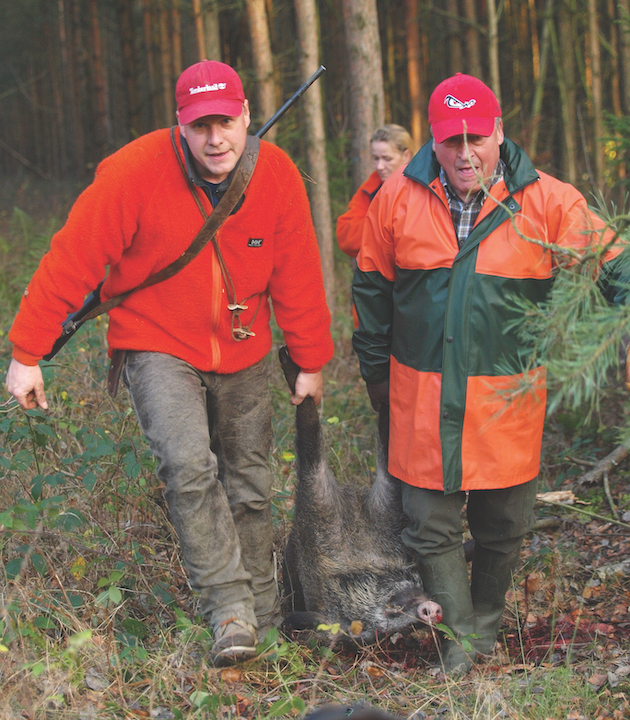
Wild boar is a key game species in Germany
Habits of wild boar
Boar are mostly nocturnal and favour dense woodland environments, as such they are extremely difficult to hunt during daylight hours. With large game driven days not being popular or widespread on British soil, most control and wild boar hunting takes place when they are most active at dusk and into darkness. Technological advances in recent years in the development of thermal imaging technology such as the new ZEISS DTI Thermal Monocular has been revolutionary for the hunting of large mammals and can significantly increase success rates when managing boar populations.
Boar are easily spooked by artificial light sources such as a high powered lamp; the use of the ZEISS DTI Thermal Monocular removes the need for artificial light when locating and stalking wild boar at night. Once a boar is located and the firearm has been set up, the shot can then be taken through a thermal or night vision scope, or by quickly switching on a lamp, minimising the time the animal has, to assess the situation and flee.
Suitable bait
The most widespread method of controlling wild boar in the UK is pre-baiting and shooting from a well-positioned high seat. Commercially available pig nuts provide a good accessible baiting option, whole maize is also irresistible to boars. Another firm (but pricey) favourite is Stockholm Tar, this product is widely used in agricultural practices as an antibacterial cleanser for cattle hooves. A generous smearing of this pine-based paste on a suitable post or tree will hold a boar in an area allowing for a time considered shot to be taken.
High seats or towers provide the safest option for a newcomer to wild boar control, the elevated shooting position keeps the marksman out of harm’s way and provides a steady shooting platform, helping to overcome the shakes often experienced when a wild boar is only metres away. Considerations should be made regarding the prevailing wind direction as wild boar have an acute sense of smell.
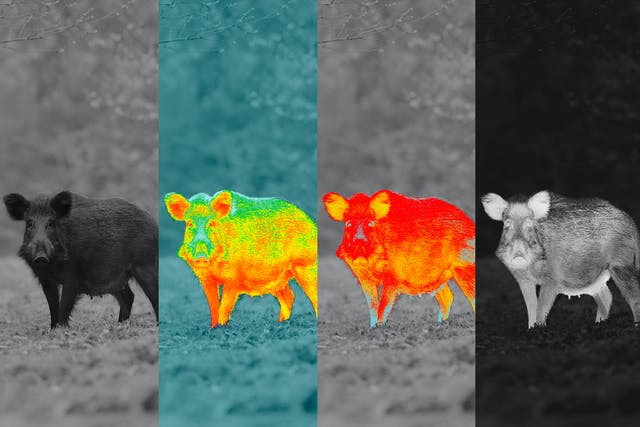
Four different colour modes available when using the ZEISS DTI/35
Using thermal imaging
Wild boar’s eyesight is undeniably their weakest sense, this allows for high seats to be positioned within suitable ranges from bait locations. The ZEISS DTI Thermal Monocular can be used on the approach to the high seat as it minimises the chance of disturbing boar or other species such as roe deer which can easily spook boar with their alarm call.
Wild boar should only be shot at a maximum range of 100 yards or preferably within 50 yards using a suitably powered rifle. The minimum recommended calibre being .270 Winchester, matched with heavy ammunition such as a 160-gr bullet. A mid-mass heart and lung shot is recommended for boar, remembering the vital organs sit lower in the body compared to deer species. Considerations can also be made regarding the possibility of a head shot, however it should be remembered that all mature male pigs have thick skulls and the species’ brain is situated high up within the head. If the boar is very large, a head shot should only be taken from the side, bypassing the armoured front skull plate and penetrating straight into the brain.
Boar have an extremely accurate sense of hearing, the use of the ZEISS DTI Thermal Monocular with its a range of up to 1350 yards, gives the possibility for a huge area to be scanned and scrutinised, while waiting for boar to approach. This will allow the rifle to be positioned in a quiet and unhurried when the time comes to squeeze the trigger.
Thermal imaging technology can also be utilised to stalk boar on their feeding grounds at night, this should only be undertaken on ground that is familiar to those partaking, as walking over rough ground without a torch can be dangerous and a pre-planned route is advisable. Thermal imaging removes the need for artificial light and can be used to stalk into boar before switching to shooting with a lamp, night vision or thermal imaging scope mounted on the rifle. Boar will use the same feeding grounds continuously but are opportunistic, if they run out of food they will go elsewhere and have huge ranges. If you are lucky enough to have a large permission there is no easier way to locate, study and hunt wild boar than with a ZEISS DTI Thermal Monocular.
Some tips from scope expert and hunter Chris Parkin
- Anyone wanting to hunt wild boar should study the species’ anatomy. The wild boar’s vital organs are situated differently to all other UK large game species with the heart positioned lower in the chest cavity and the brain set high in the head.
- Wild boar have an acute sense of smell therefore wind direction should be the first point considered whilst stalking or accessing a high seat.
- Head shots should only be taken from the side on mature boars.
- If a wild boar runs after being hit, give the animal time to bleed out and die, an hour is recommended before trying to retrieve the carcass, wounded boar are extremely dangerous.
- Shots of no more than 100m should be taken, as such the zero of the firearm should be checked at this distance.
- Boar have huge territories and will cover large distances. Thermal technology is a game changer for locating boar and learning their movements.
- Although black equalling hot often gives the least eye strain during a long night, using the white-hot and especially red-hot palettes helps identify greater detail at closer ranges for sex and maturity assessment
- With two hunters alongside in a hide, pairing to the Zeiss hunting app allows both to appreciate thermal imaging on a dimmed smartphone screen
- Use of low magnification for a wide field of view and the hot tracker function allows the Zeiss to do more of the work when locating and highlighting new hot spots/quarry entering the baited area
- Lightweight and ambidextrous layout reduce strain on the shooter
- 7-hour runtime will outlast most hunting forays but a backup battery can also be used for longer hunts
Related Articles
Get the latest news delivered direct to your door
Subscribe to Shooting Times & Country
Discover the ultimate companion for field sports enthusiasts with Shooting Times & Country Magazine, the UK’s leading weekly publication that has been at the forefront of shooting culture since 1882. Subscribers gain access to expert tips, comprehensive gear reviews, seasonal advice and a vibrant community of like-minded shooters.
Save on shop price when you subscribe with weekly issues featuring in-depth articles on gundog training, exclusive member offers and access to the digital back issue library. A Shooting Times & Country subscription is more than a magazine, don’t just read about the countryside; immerse yourself in its most authoritative and engaging publication.






